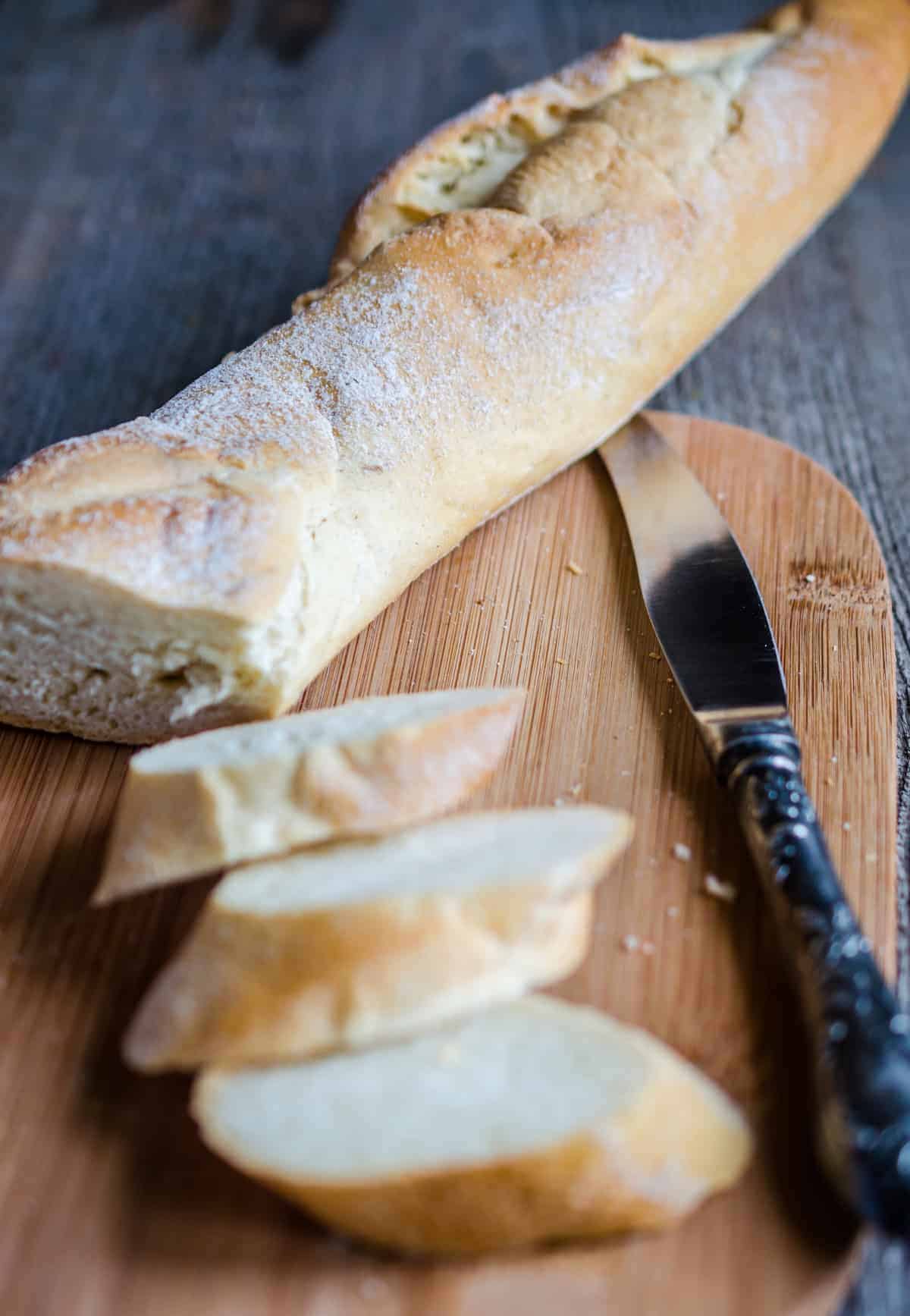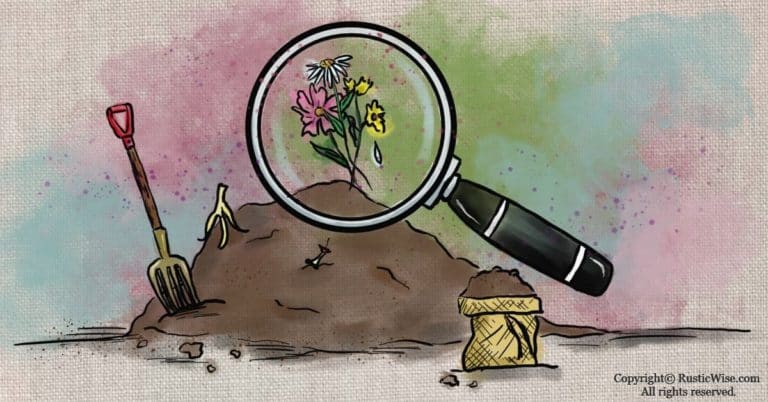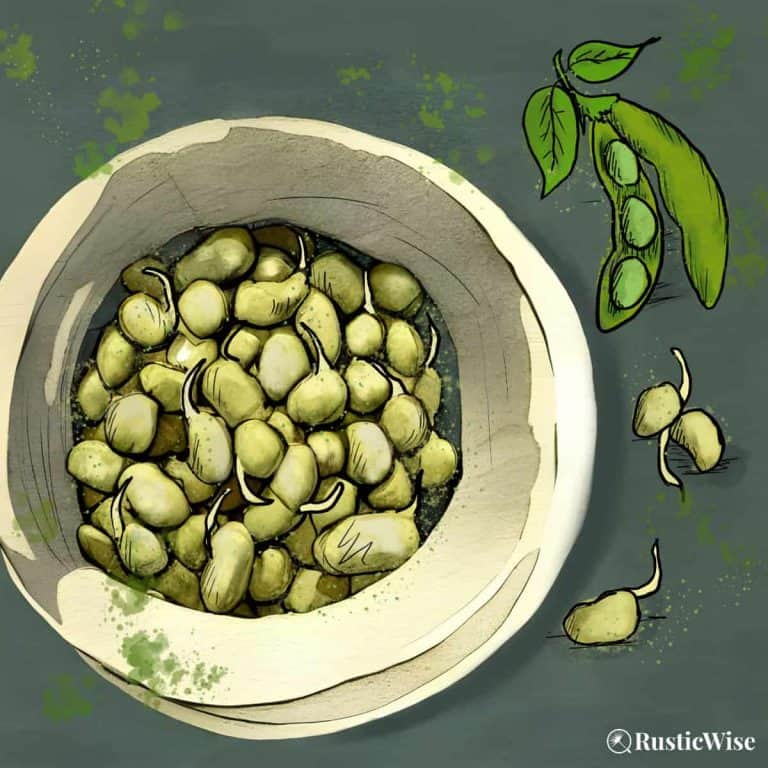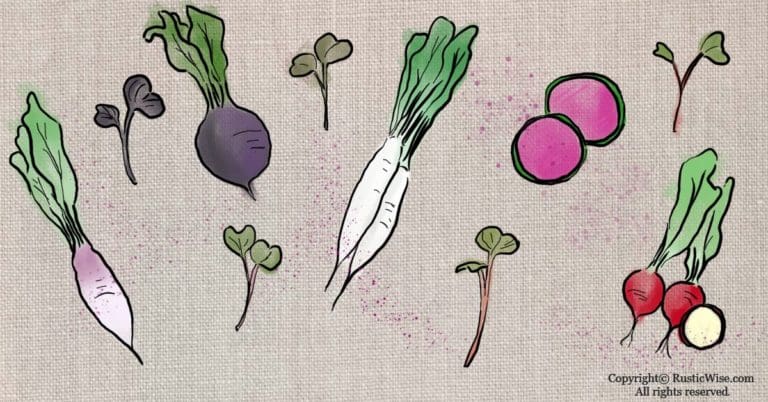Can Bread be Composted? Yes, Here’s How🍞
Composting is a great way to reduce household waste and make nutrient-rich soil while you’re at it. Did you know that roughly one-third of food, or the equivalent of 1.3 billion tonnes 1 of food that’s produced for human consumption around the world is wasted every year?
The saying, Garbage In, Garbage Out, doesn’t really apply to composting. You throw (organic) garbage in, and what you get out is the equivalent of organic gold—healthy, rich soil jam-packed with nutrients.
When most people think of compost, they think banana peels, apple cores, and veggie scraps. But can bread be composted? Bread is a common household item that is quick to go stale. The short answer is yes, bread can be composted in your backyard compost, but there are some things you should be aware of.
Read on to learn more about how to properly compost bread scraps plus learn about a few surprising household items that you probably didn’t know could be composted.
What makes a thriving compost pile?
While it’s easy to throw out any old kitchen scraps into the compost bin and hope for the best, it’s good to know what exactly makes a thriving compost pile. As a composter, you’re setting up the ideal conditions to allow nature to do its work.
It all comes down to the right balance of carbon and nitrogen. Carbon is a source of energy in a compost pile. Nitrogen is needed to enable microorganisms to grow and multiply.
To produce the best, nutrient-rich soil, the ideal compost contains the proper balance of green compost matter (nitrogen) and brown compost matter (carbon).
The golden ratio for a thriving compost pile is roughly half green matter and half brown matter.2
Green compost matter
Green compost matter is the nitrogen-based components of your compost. Think of “green” items such as grass clippings and kitchen scraps. These green components break down quickly and are the ones responsible for creating heat in a compost.
Leftover stale bread, for example is green matter. Composting bread can be part of a healthy mixture of green components so long as it’s plain bread without a lot of added sugar.
Examples of green compost matter include:
- Fruit and veggie peels
- Coffee grounds
- Citrus and melon rinds
- Spoiled produce
- Dried/dead flowers and leaves
- Plant clippings
- Grass clippings
- Eggshells
- Bread scraps
- Cooked plain rice and pasta
- Used tea bags
And a few surprising “green” items you can compost include:
- Contents of a vacuum cleaner (more than just dust, your vacuum picks up small bits of organic matter and soil!)
- Hair from a hairbrush (human hair or dog/cat hair)
Brown compost matter
Brown compost matter is the carbon-based component of a compost heap. Think of “brown” items such as dead twigs and branches for example. These items take longer to break down which is why it’s helpful if you shred or break them into smaller chunks first.
Brown compost matter helps to aerate the compost pile and provide a bit of texture.
Examples of brown compost matter include:
- Shredded paper (newspaper, office paper minus any glossy or plastic parts)
- Fallen leaves
- Twigs and branches
- Used paper napkins
- Shredded cardboard
- Brown paper bags
- Straw
- Organic bedding from household pets such as wood chips from rabbits, guinea pigs, etc.)

So, can bread be composted? Yes, here’s how
So enough about the science of composting, you say. Here’s how to compost bread properly. Since bread is a green compost matter, it’ll break down quickly. You can compost bread in an indoor or outdoor compost bin.
- First, remove any wrapping from the bread (but you already knew that).
- Break the bread into small pieces and incorporate it into other kitchen scraps such as veggie peels. This helps it decompose faster. The bread actually helps to absorb moisture from the other green components.
- Dig a small well in the center of your compost pile and place the bread/kitchen scrap mixture in.
- Cover the bread scraps with leaves and other brown compost matter. If you have some garden soil handy, you can spread a thin layer on top.
The only type of bread that can be composted is plain bread. If it has jam on it, forget it. Other sugary dessert buns are also a no-no.
The downside of composting bread
It seems that humans aren’t the only creatures drawn to carbs like bread. Other critters such as rodents and other backyard animals might be tempted to climb into your outdoor compost bin for a nibble or two.
It’s important that you completely cover your bread scraps with leaves and other brown compost matter to prevent unwanted pests from invading your backyard. If you notice animals in and around your compost pile, you might want to add another layer of brown compost matter, or lay off composting bread for a while.
Only compost plain bread (or bagels). Forget about composting sugary dessert buns and sweets—they’ll be magnets for pests.
Ensure your bread scraps are completely covered to prevent backyard critters from enjoying a tasty snack.
👉 If you like this post, see our complete Composting Collection.
Would you like more timeless tips via email?
Fun tips to help you live an independent, self-sustaining lifestyle. Opt-out at any time.

References
- Food and Agriculture Organization of the United Nations, SAVE FOOD: Global Initiative on Food Loss and Waste Reduction, accessed on February 2020: http://www.fao.org/save-food/en/
- Foster, Clare. Compost: How to make and use organic compost to transform your garden. London: Mitchell Beazley, 2014.

Author: Theresa Tesolin
Theresa is co-founder of RusticWise. She helps people unleash their inner DIY spirit by encouraging them to get dirty and make or grow something from scratch.









